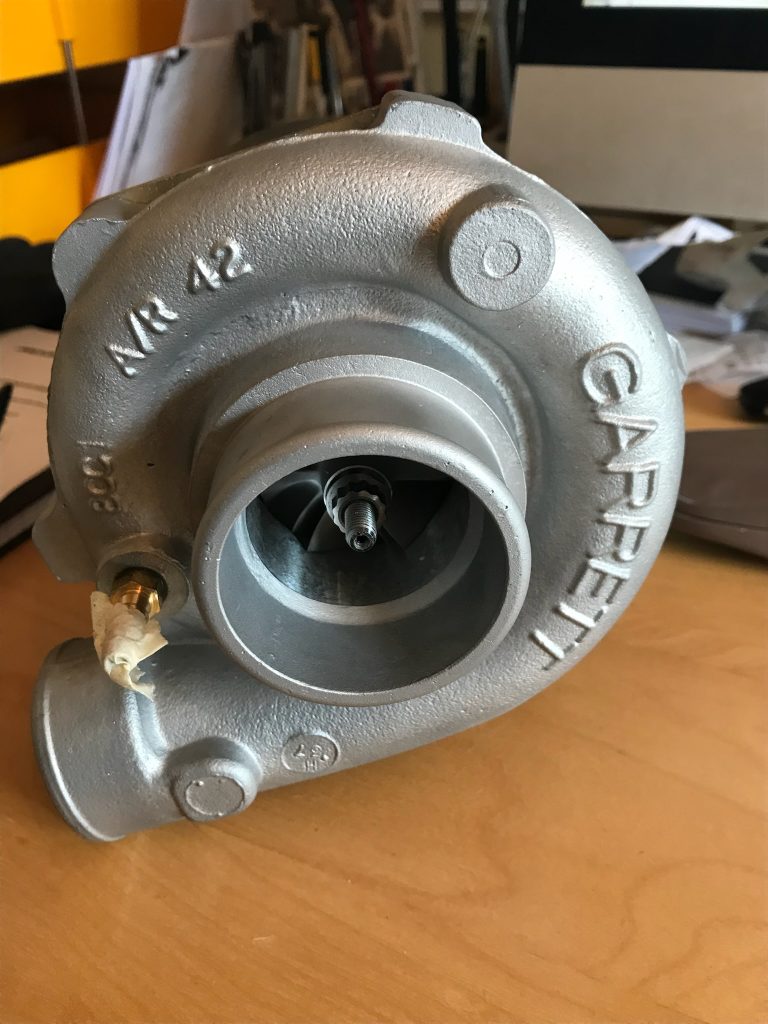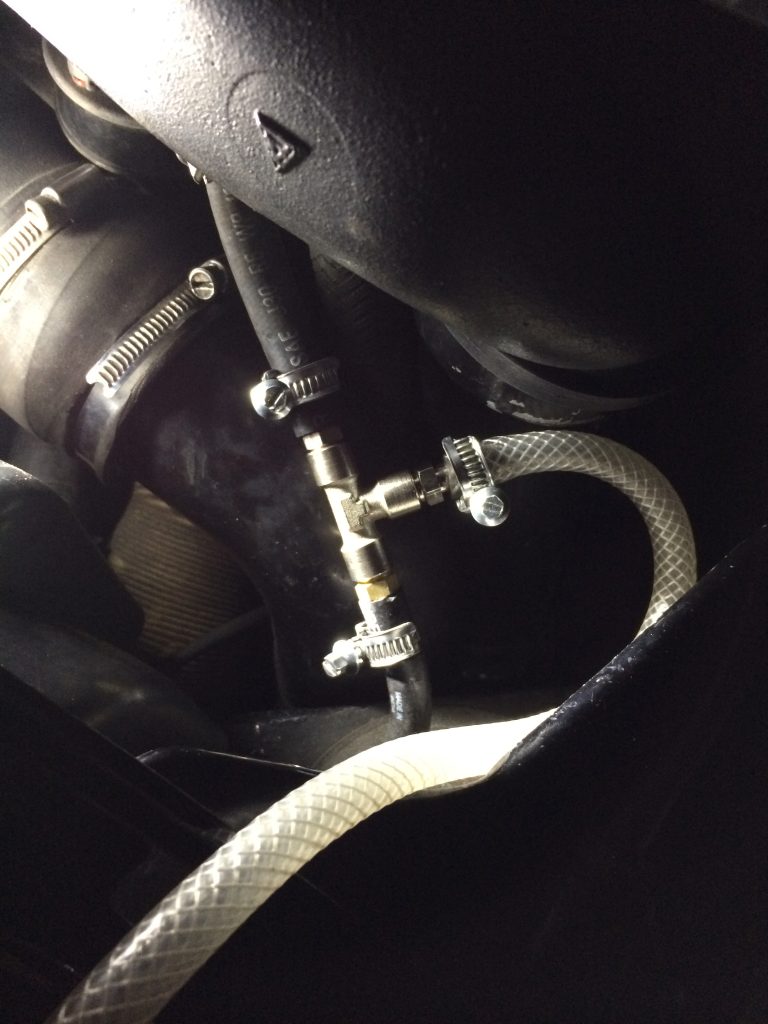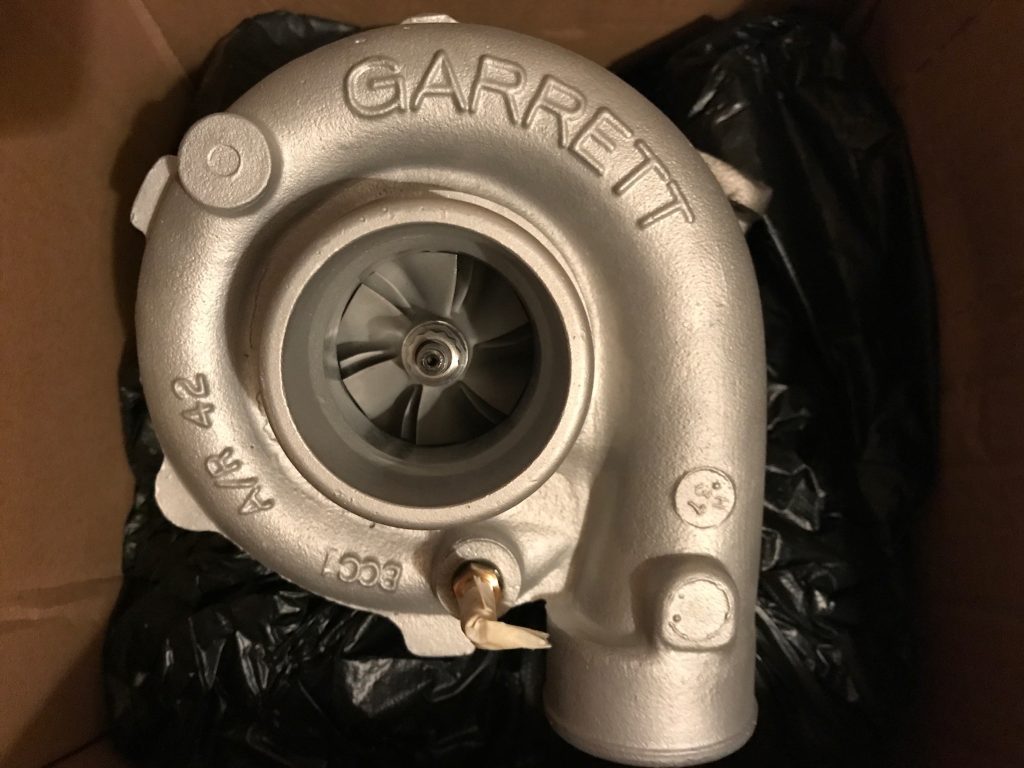I suppose it’s a generation thing to some extent but when I think of classic car induction systems my mind wanders off to SU or Weber carburettors. Turbos still seem relatively modern since virtually every current car has one, but of course they’re not. Plenty of modern classics from the 1980s and a tiny minority from before that have them – take the Saab 99 Turbo that featured in this year’s Bull Market List, for example – but the good news is that sorting out a problem is usually more mechanical than electronic.
While everything boost-related these days is fully electronically controlled, older turbos can rely only on springs, diaphragms and pressure, or all the above plus a dash of electronics. From a maintenance point of view, a turbo system is a thing of two parts. The first is the turbocharger itself consisting of a split housing containing an exhaust-driven turbine on the ‘hot’ side, and compressor wheel on the ‘cold’ side. The second is the boost control system which usually consists of a wastegate to literally waste exhaust gas pressure and an intake pressure relief or “dump” valve to release boost pressure from the inlet manifold simultaneously.


A generic description of what happens is this. As engine load increases and the engine produces more power, the exhaust pressure increases at the same time. Since it passes through the hot side of the turbocharger, the turbine is driven faster, driving the compressor wheel on the cold side at the same revs, and that pressurises the intake system. The air gets hot when it’s compressed which isn’t good for combustion so it usually passes through an intercooler on the way to the engine’s inlet ports via a throttle body, or individual throttle bodies. Intercoolers are simply air-to-air heat exchangers, like a radiator but without the water.
At a certain point that pressure has to be nipped in the bud and that’s when the control system does its stuff. Mechanical wastegate actuators are opened by pressure from the boost side of the turbo acting on a diaphragm inside the actuator. That opens a simple valve on the hot side allowing exhaust gas to bypass the turbine. At the same time, inlet boost pressure must be released and that’s what the cold side pressure relief valve does.


The interconnecting pipes need checking for condition as does boost pressure to make sure it’s being killed when it should be. Overboosting might sound like fun, but may pop the engine. Similarly, it’s good to know you’re not being short-changed on boost and not making the power you expect. The way to do that is to put a T-piece in the pressure hose running to the wastegate actuator and pass a long hose from that into the cabin with a pressure gauge plugged into it. Then drive the car and make sure boost pressure doesn’t exceed the value given in the manual.
We’ll have a look at the detail of the sort of boost control systems you can expect to find in the next instalment but before that, what about the turbo itself? Basic turbochargers are fairly straightforward in that they comprise castings, nuts, bolts and studs to hold everything together, a spindle running in bearings through the turbo casings, with the turbine on the hot end and compressor wheel on the other. There could be nothing more to it than that or there may be a wastegate mechanism incorporated into the casing. Simple, yes, and the temptation to have it apart on the bench and fit some new bits is great, but this is one that’s best left to the experts with the right equipment.

There’s one particular reason for this and that’s balance. The Garrett T3 fitted to cars like my Ford Sierra Cosworth will reach 110,000rpm and the only thing between its compressor and the engine is the intercooler. Catastrophic turbo failures resulting in fragments being swallowed by the engine don’t bear thinking about and a specialist will balance the assembly and rebuild the turbo to factory specifications. In the UK, Owen Developments is a well known purveyor of all things turbo and there’s also Bernie Wilky of Bernie’s Blowers fame who can be found on Facebook.
When I needed to replace the big aftermarket turbo on my own Cossie with an original, but now obsolete Garrett T3, in perfect condition, Bernie built me a fresh one from parts and it’s doing the job beautifully. The turbo is easily overlooked but on any high performance classic turbocharged car, whether it’s European or Japanese, it may well have had a long, and possibly hard life. Check for play in the spindle bearings with fingers on the compressor wheel and also a visual inspection of the blades for pitting or damage. With the turbo on the bench, spin the turbo and see how the bearings sound. If there’s play, it’s noisy or the compressor looks moth-eaten or worse, an overhaul will at the very least, buy peace of mind.
Read more
What to know before machining a matching-numbers engine block
Oil change dos and don’ts
Gentlemen prefer Turbos










I recall reading that you should run the car gently prior to shutting it off after a drive to protect the turbo. Does that advice still hold for newer turbo cars such as a GTI? Is there any other advice to keep the turbo from grenading? I did have to get a new wastegate on mine which might have related to not driving much during the pandemic.